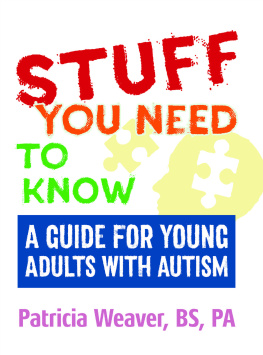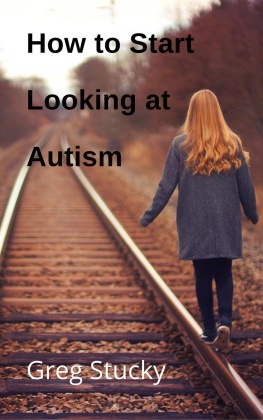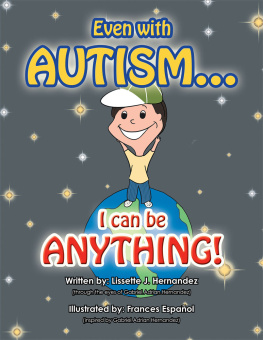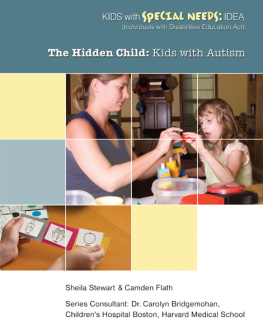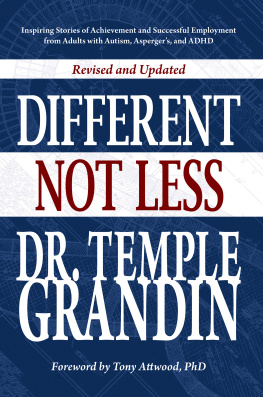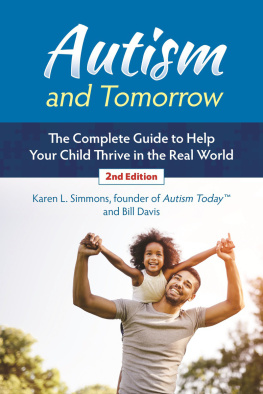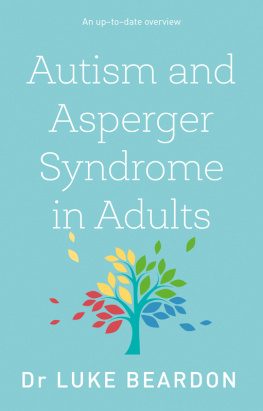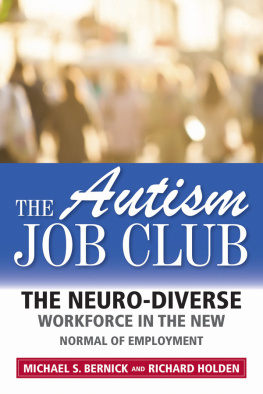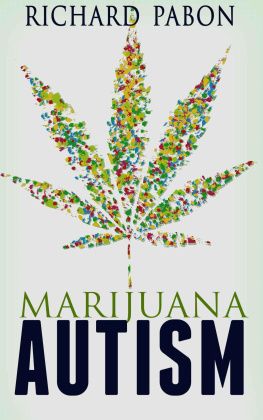

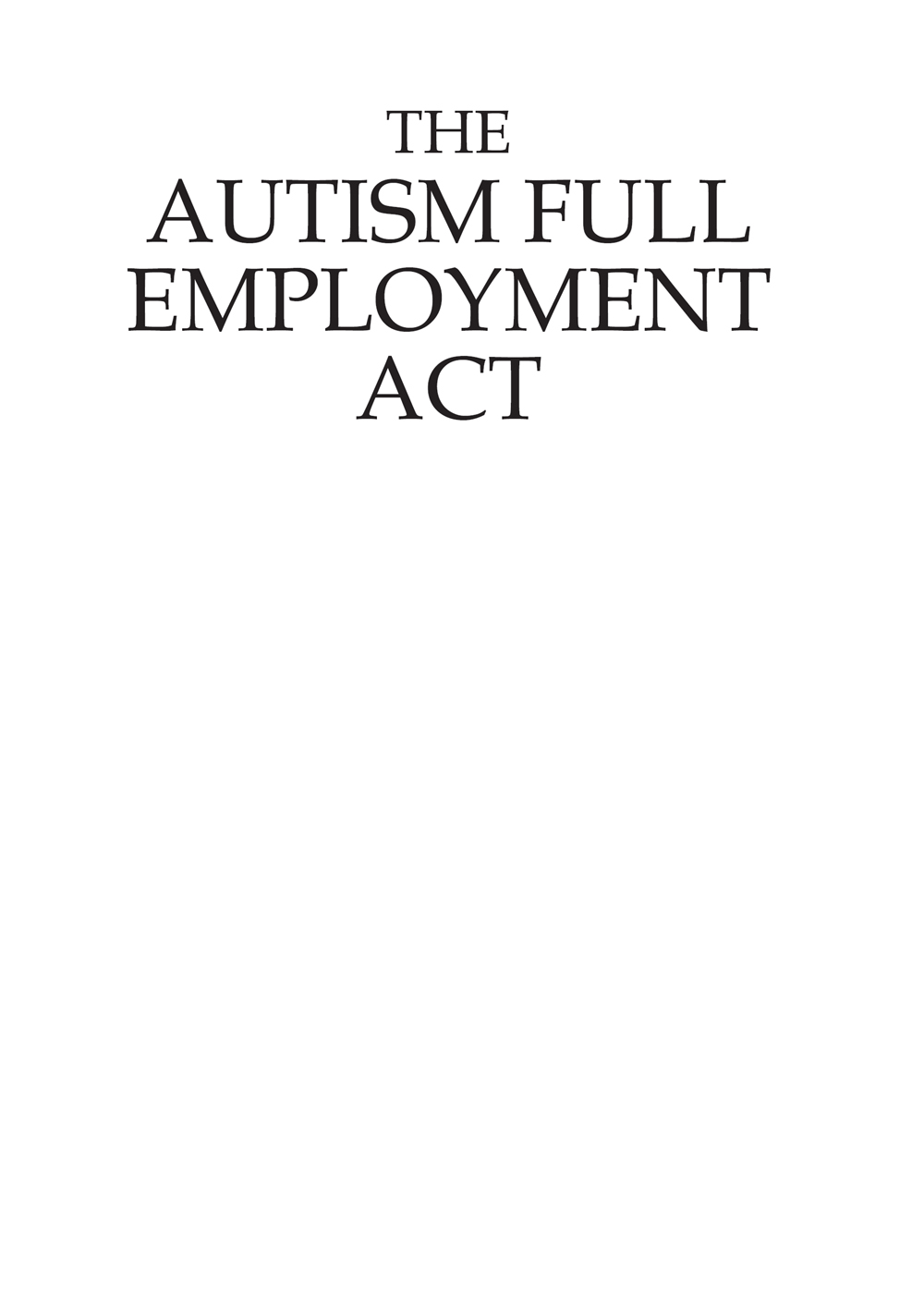
Copyright 2021 by Michael Bernick and Dr. Louis A. Vismara
All rights reserved. No part of this book may be reproduced in any manner without the express written consent of the publisher, except in the case of brief excerpts in critical reviews or articles. All inquiries should be addressed to Skyhorse Publishing, 307 West 36th Street, 11th Floor, New York, NY 10018.
Skyhorse Publishing books may be purchased in bulk at special discounts for sales promotion, corporate gifts, fund-raising, or educational purposes. Special editions can also be created to specifications. For details, contact the Special Sales Department, Skyhorse Publishing, 307 West 36th Street, 11th Floor, New York, NY 10018 or .
Skyhorse and Skyhorse Publishing are registered trademarks of Skyhorse Publishing, Inc., a Delaware corporation.
Visit our website at www.skyhorsepublishing.com.
10 9 8 7 6 5 4 3 2 1
Library of Congress Cataloging-in-Publication Data is available on file.
Cover design by Kai Texel
Print ISBN: 978-1-5107-6732-4
Ebook ISBN: 978-1-5107-6733-1
Printed in the United States of America
CONTENTS
Once again, for Donna
msb
To Wendy & Mark, for their profound love & support
lav
INTRODUCTION
HOW WE CAME TO THIS ACT
Employment remains the issue today for our adult autism group of Northern California, AASCEND (the Autism Aspergers Spectrum Coalition for Education Networking and Development), just as it has been since the start of AASCEND in 1999. Housing, mental health services, and police relations are all concerns, but none holds the same importance as employment to our members.
So it came to be in the pandemic summer of 2020 that we set out to develop an Autism Full Employment Act. At the time, the national economy (especially the California economy) was decimated, and it was clear that it would need to be rebuilt, starting in 2021 and beyond. The Act would be an attempt not only to rebuild autism employment programs, but also to address the limitations and shortcomings of the current system.
In developing employment strategies for the Act, we drew on our AASCEND experiences. We drew on the experiences of other autism groups and practitioners throughout the United States: the state vocational rehabilitation programs and the departments of developmental disabilities, the autism employment initiatives and autism consultancies, and the autism-focused businesses.
The strategies set out in this volume are meant as a starting point, a framework. The details of these strategies remain to be filled in as the Act is developed. The details will be a collective effort: adults with autism joining with family members and advocates. When we started our efforts, we thought of a single Act. An Act may be the vehicle for these strategies, or it may be that the strategies are pursued through multiple legislative or administrative actions.
In late August 2020, we published a short article in Forbes that introduced the concept of the Autism Full Employment Act, and heard from people in the autism community throughout the country who wanted to join the effort. This was not surprising; interest in and commitment to developing a better system of autism employment exist far beyond our AASCEND group.
***
THOUGH WE SPEAK of an Autism Full Employment Act, autism in the Acts title is best understood as a shorthand and proxy. It is shorthand for a range of other developmental and learning differences that have made steady employment difficult for adults. It is also shorthand for a range of mental health conditions that undermine employment. The strategies set out in this volume are intended to include workers with any of these conditions. Throughout much of this volume reference is made to workers with autism or workers with autism and other developmental differences. These terms are meant to refer to the broader group of workers.
At a few points in this volume, reference is made to workers with disabilities. At AASCEND we do not use this term, as it emphasizes limitations rather than strengths. But it is the term used by the Bureau of Labor Statistics and by most federal, state, and local governments. We use it, albeit reluctantly, when referring to certain government data and program titles.
***
HERE IS a word on my background and the background of Dr. Vismara. My involvement in the employment field started in fall 1979, with a community job training group, the San Francisco Renaissance Center, located in San Franciscos Mission District, and it has continued over the past forty-one years. During the past decade, Ive been a volunteer job coach and job developer for adults with autism, facilitator of our AASCEND Autism Job Club, and advisor on individual autism employment programs.
In 2015, I published (with Richard Holden) The Autism Job Club , which chronicled the emerging autism employment efforts, in the context of Americas shifting job markets and job structures. Since 2016, Ive been researching a follow up project, The Autism City, a broader look at the autism community in the year 2030, envisioning new housing, public safety, and mental health structures, as well as employment structures. This volume draws on research undertaken as part of that project, and the envisioned employment future.
Dr. Vismara and I have been partners on autism employment projects for more than twenty years, meeting in 1999 when we were both in state government. Dr. Vismara (Dr. Lou as hes known in Sacramento) was a prominent cardiologist in California for several decades, before retiring in the mid-1990s to work full time on autism advocacy and programs. He was the autism expert for the California legislature for fifteen years, and the prime mover behind the California Legislative Blue Ribbon Commission on Autism, which led to expanded insurance coverage for autism interventions. He co-founded the University of California Davis Medical Investigation of Neurodevelopmental Disorders (MIND) Institute, now recognized worldwide for its research on the neurobiology of autism.
In he analyzes comorbidities. All of the chapters, though, reflect our collaboration, and grow out of ideas we have discussed over the past two decades.
***
THE VARIED STRATEGIES in this volume are rooted in two broad employment policy lessons of the past forty years.
The first is that policy best arises from local experience. In May 1979, thinking of a career in the employment field, I went to see Bill Spring, President Carters advisor on job training. I hoped I might get a position with him in the White House. Instead, he told me: Get out of Washington, DC, go work on a local level, gain local experience. I departed Washington, DC, that month, and since have lived and worked on a local level. I now give Bill Springs advice to young people who want to do something in the employment field. My hope is that young people who want to make a contribution to autism employment will become involved with specific local projects and job seekers. I am happy to say that most are doing so, and you will meet some of them in the following pages.
The second lesson is related to the first: avoid theorizing, as what counts is the end goal of job placement and retention. For five years in the late 1990s and early 2000s, I was director of our state labor department in California, the Employment Development Department. Among the regular refrains then (and now) was that we needed more coordination of services or ending silos or some other empty system building theory. When the discussion took such a turn, one of our deputy directors, Michael Krisman, would interrupt and say, What does this mean for the job seeker in Glendale? That became our mantra for all meetings and proposals.
Next page

